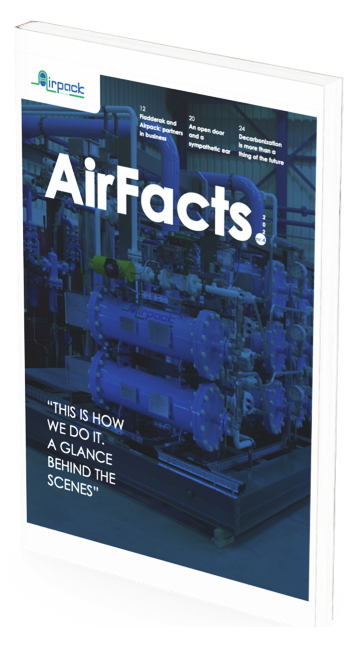Biogas flare
An enormous flame from atop a refinery stack, oil wellbore or natural gas hydraulic fracturing site may look like a terrible accident, reflecting human error or mechanical malfunction. In truth, the "flare" associated with these activities is not only a common element of energy extraction, it constitutes standard operating procedure. While there are negatives associated with flaring, it has proved to be a necessary management tool for both quality control and safety purposes. Interestingly, flaring is a process also necessary for the processing of renewable energy sources like biogas. The difference is that in the case of the latter, the minuses are fewer and farther between.
What Is Flaring and Why Is It Done?
In short, flaring is the carefully regulated buring of natural gas in discovery, production and treatment of -- traditionally -- fossil fuels. The infrastructure required are 1) a tall column through which gas is released, and 2) multiple pipes conveying the gas to the stack. Surplus gas is coupled with steam or air and then burned off to release water vapor (H2O) and carbon dioxide (CO2). The rate at which it burnes, and the particular gas itself, determine the size and color of the flare, not to mention the intensity of generated heat and noise.
Flaring serves a tri-fold purpose. When oil or natural gas are retrieved from their geological deposits in the earth, the substances must be evaluated regarding composition, flow rate and pressure. Only when these things are properly gauged -- a task which can take up to a few weeks -- can flaring cease. A second reason for this production component is safety and as a contingency for emergencies. Pressure is not always predictable and flaring wards off explosions when pressure rises too high. This is especially important during repairs and routine maintenance. Thirdly, gas and oil refinement is not effective with all of its inputs; "waste gas" must be expelled because it can nor be adequately processed so it, too, is subject to flaring.
Drawbacks to Traditional Flaring
1. Waste
One school of thought contends that good, refinable natural gas is flared and, therefore, squandered through flaring. A Texas A&M University study observes that the volume of gas released through the flare stacks is much higher than what is reported to public regulators. The suspicion is that some gas is vented -- i.e. released in raw form and not combusted -- in many flaring operations.
2. Pollution
Meanwhile, whether flared or vented, the released gases are composed of methane (CH4) and CO2, both implicated in climate change as human-generated greenhouse gases. One percent of worldwide emissions is credited to flaring. Vented gas also contains more immediately toxic substances like benzene and nitrogen oxide.
3. Poor Regulation
As noted above, statistics relative to flaring are often inaccurate, significantly undershooting reality. The satellite images used by governing authorities do not well distinguish gas from flaring with that from venting, which is illegal. This makes it difficult to measure the emissions that are due to flaring alone.
How to Mitigate the Problems Associated with Flaring
Ingenuity often comes to the rescue in cases like this. In fact, there are effective technologies in the realm of flare gas recovery. A good flare gas recovery unit has multiple benefits: it increases the longevity of the flare tip, i.e. the nozzle that brings efficiency to gas burning; saves on steam use; and lowers overall emissions, among other benefits. To do its job optimally, a flare gas recovery system minimizes the production of waste gases that would otherwise be flared or vented. Flare reduction of this sort recycles waste gases and seals in gases to inhibit venting. Airpack offers two gas cleaning solutions.
Central to this process is the flare gas compressor, which works to create a water-based barrier that keeps gas from escaping the flare recovery system. Essentially, an internal rotor spins to coat the chamber walls with an H2O sealant that creates a compression chamber for gas moving through the system. This rotation action not only traps gas in, it creates pressure that shrinks its volume. This is but one technique among myriad gas flaring solutions.
Biogas and Flaring
Biogas, a renewable natural gas produced through the anaerobic digestion of organic matter, also requires a degree of processing to cleanse it of contaminants like hydrogen sulfide (H2S). One worry less associated with biogas is that CO2 emissions add no new net carbon to the atmosphere because the CO2 in the organic matter was already drawn from the atmosphere. Also, the CH4 is collected as an energy source. Yet the H2S and other volatile compounds in raw biogas threaten efficiency and human safety. The refinery flare system is designed to separate and combust waste gases for biogas that is usable in electricity creation and transport fuel. In this sense, the biogas flare can be called an H2S flare.
In Summary
For all of its drawbacks, flaring is a tested way to manage energy from discovery to processing. Technology helps to offset problems by trapping and compressing gas volume. Biogas flaring is necessary in the cleansing and refinement of this energy alternative.


